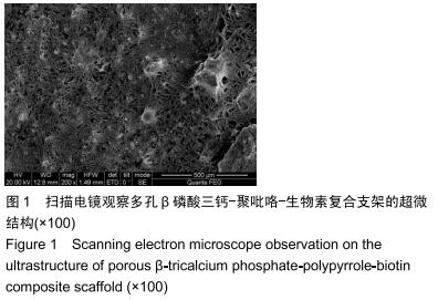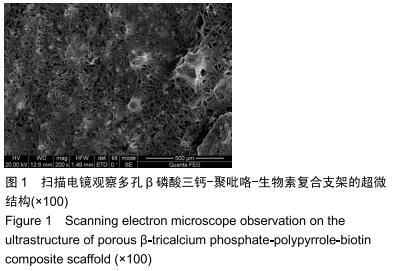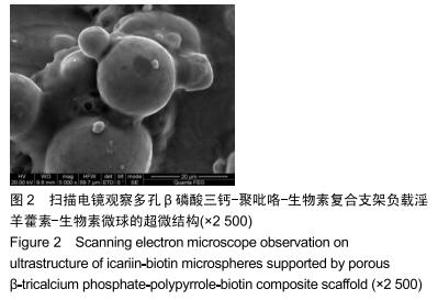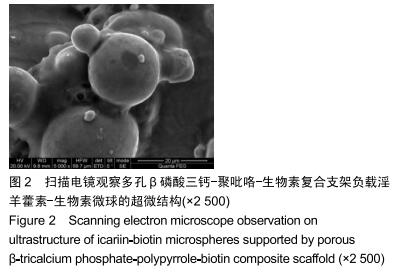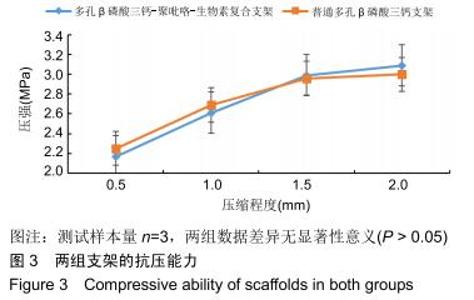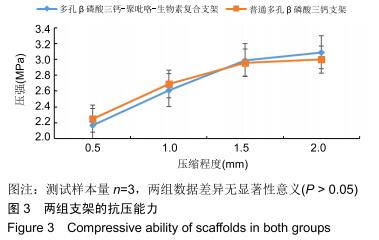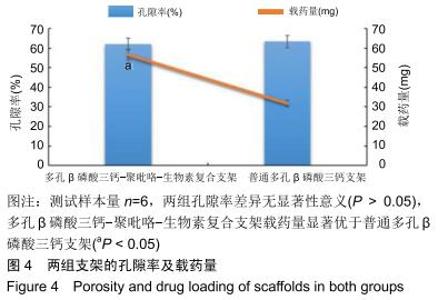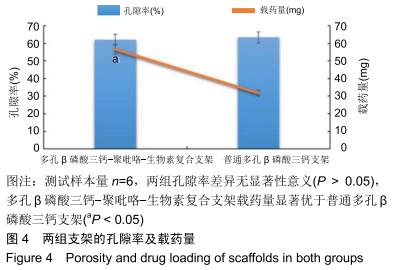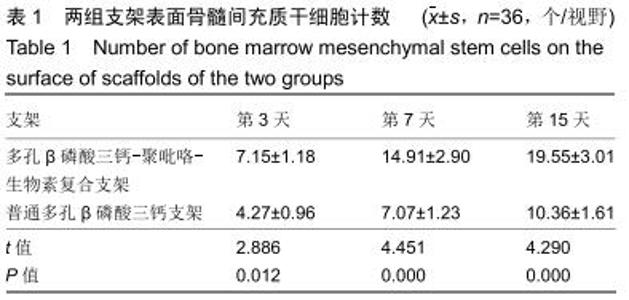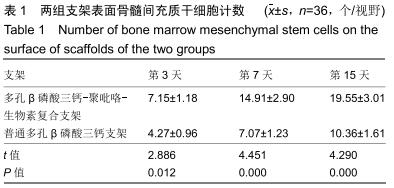|
[1] ŠPONER P, KUČERA T, BRTKOVÁ J, et al. Comparative Study on the Application of Mesenchymal Stromal Cells Combined with Tricalcium Phosphate Scaffold into Femoral Bone Defects. Cell Transplant.2018; 27(10):1459-1468.
[2] BONAZZA V, HAJISTILLY C, PATEL D, et al. Growth Factors Release From Concentrated Growth Factors: Effect of β-Tricalcium Phosphate Addition. J Craniofac Surg. 2018;29(8):2291-2295.
[3] ZHU W, ZHAO Y, MA Q, et al. 3D-printed porous titanium changed femoral head repair growth patterns: osteogenesis and vascularisation in porous titanium. J Mater Sci Mater Med. 2017;28(4):62.
[4] CHENG Q, TANG JL, GU JJ, et al. Total hip arthroplasty following failure of tantalum rod implantation for osteonecrosis of the femoral head with 5- to 10-year follow-up. BMC Musculoskelet Disord. 2018; 19(1):289.
[5] 薛鹏,杜斌,王礼宁,等.可控释淫羊藿苷-β-磷酸三钙复合支架的制备[J].中国组织工程研究,2018,22(6):865-870.
[6] 彭晨健,杜斌,孙光权,等.3D打印β-磷酸三钙支架复合淫羊藿苷微粒修复兔股骨头坏死[J].中国组织工程研究,2019,23(14):2162-2168.
[7] JEZIERSKA A, PANEK JJ. Cooperativity of hydrogen bonding network in microsolvated biotin, the ligand of avidin class proteins. J Mol Model. 2019;25(12):361.
[8] EVANS SAG, BRAKHA K, BILLON M, et al. Scanning electrochemical microscopy (SECM): localized glucose oxidase immobilization via the direct electrochemical microspotting of polypyrrole–biotin films. Electrochemistry Communications. 2005;7(2):135-140.
[9] WAN Y, CHENG G, LIU X, et al. Rapid magnetic isolation of extracellular vesicles via lipid-based nanoprobes. Nat Biomed Eng. 2017;1. pii: 0058.
[10] ISSA K, PIVEC R, KAPADIA BH, et al. Osteonecrosis of the femoral head: the total hip replacement solution. Bone Joint J. 2013;95-B (11 Suppl A):46-50.
[11] UTSUNOMIYA T, MOTOMURA G, IKEMURA S, et al. Effects of sclerotic changes on stress concentration in early-stage osteonecrosis: A patient-specific, 3D finite element analysis. J Orthop Res. 2018; 36(12):3169-3177.
[12] MONT MA, CHERIAN JJ, SIERRA RJ, et al. Nontraumatic Osteonecrosis of the Femoral Head: Where Do We Stand Today? A Ten-Year Update. J Bone Joint Surg Am. 2015;97(19):1604-1627.
[13] GOU WL, LU Q, WANG X, et al. Key pathway to prevent the collapse of femoral head in osteonecrosis. Eur Rev Med Pharmacol Sci. 2015; 19(15):2766-2774.
[14] TRACHANA V, PETRAKIS S, FOTIADIS Z, et al. Human mesenchymal stem cells with enhanced telomerase activity acquire resistance against oxidative stress-induced genomic damage. Cytotherapy. 2017;19(7):808-820.
[15] CUERVAS-MONS M, NARBONA J, LAGUNA R, et al. Autologous concentrated bone marrow graft in the treatment of femoral head avascular necrosis: clinical outcome after two years of follow up in a non-controlled prospective study. Rev Esp Cir Ortop Traumatol. 2013;57(2):106-110.
[16] ZHAO J, OHBA S, SHINKAI M, et al. Icariin induces osteogenic differentiation in vitro in a BMP- and Runx2-dependent manner. Biochem Biophys Res Commun. 2008;369(2):444-448.
[17] ZHANG JF, LI G, CHAN CY, et al. Flavonoids of Herba Epimedii regulate osteogenesis of human mesenchymal stem cells through BMP and Wnt/beta-catenin signaling pathway. Mol Cell Endocrinol. 2010;314(1):70-74.
[18] HUANG J, YUAN L, WANG X, et al. Icaritin and its glycosides enhance osteoblastic, but suppress osteoclastic, differentiation and activity in vitro. Life Sci. 2007;81(10):832-840.
[19] MA HP, MING LG, GE BF, et al. Icariin is more potent than genistein in promoting osteoblast differentiation and mineralization in vitro. J Cell Biochem. 2011;112(3):916-923.
[20] 魏振龙.生物素标记法钓取淫羊藿素促进骨形成受体的研究[D].兰州:兰州理工大学,2018.
[21] LEE H, CHO Y. An Innovative Strategy for the Fabrication of Functional Cell Sheets Using an Electroactive Conducting Polymer. Theranostics. 2015;5(9):1021-1029.
|
